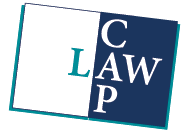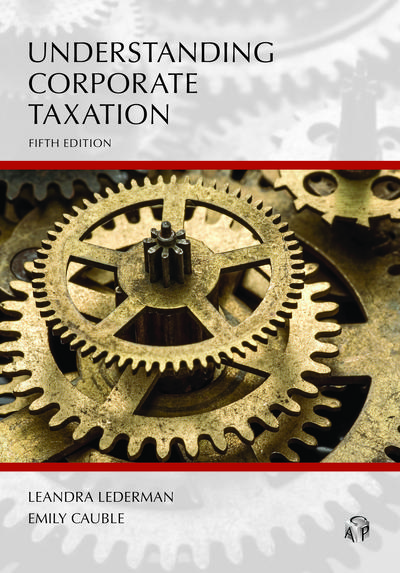Understanding Corporate Taxation
Fifth Edition
by Leandra Lederman, Emily Cauble
2025
Tags: Law School Study Aids; Practitioner Resources; Taxation; and Understanding Series
556 pp $57.00
ISBN 978-1-5310-3309-5
eISBN 978-1-5310-3310-1
This clearly written treatise is designed to make the complex subject of corporate taxation very accessible. It uses straightforward language, charts, checklists, diagrams, and numerous examples to aid readers' comprehension and retention of the material. Understanding Corporate Taxation also includes discussion of relevant cases. It is designed to supplement any corporate tax casebook or to be used on its own. This fifth edition is fully updated for the Inflation Reduction Act of 2022's excise tax on stock buybacks and the new corporate alternative minimum tax (the "CAMT") contained in the Act. This edition also contains additional diagrams.
The book starts with an introductory chapter that discusses the choice of business form; details the idea that corporate profits generally are subject to double taxation (once at the corporate level and again at the shareholder level); introduces the Qualified Business Income deduction; and discusses the basics of anti-abuse rules, such as the step-transaction doctrine. Those anti-abuse rules are explored in more detail in a later chapter, as are proposals to partially or fully eliminate double taxation. In addition, a chapter addresses the taxation of S corporations, which are taxed under a single-tax paradigm. That chapter also discusses the Qualified Business Income deduction, including numerous examples.
Similar to most corporate tax casebooks, the bulk of the book is organized using a cradle-to-grave approach that traces the life cycle of a corporation, beginning with formation and capitalization and ending with liquidation of the corporation. Between those chapters, the book discusses operational issues, including the capital structure of a corporation, distributions of cash or property, stock redemptions, and stock dividends. After corporate liquidations, the book explores more advanced topics, such as taxable stock or asset acquisitions; non-taxable corporate reorganizations and divisions; the carryover of tax attributes (such as net operating losses) following certain non-recognition transactions; and the treatment of corporate tax shelters. Throughout, the book uses specific examples, diagrams of transactions, summary charts, and checklists to clarify and distill key points.
Comp Copy If you are a professor teaching in this field you may request a complimentary copy.


